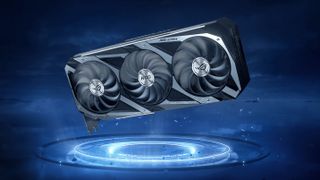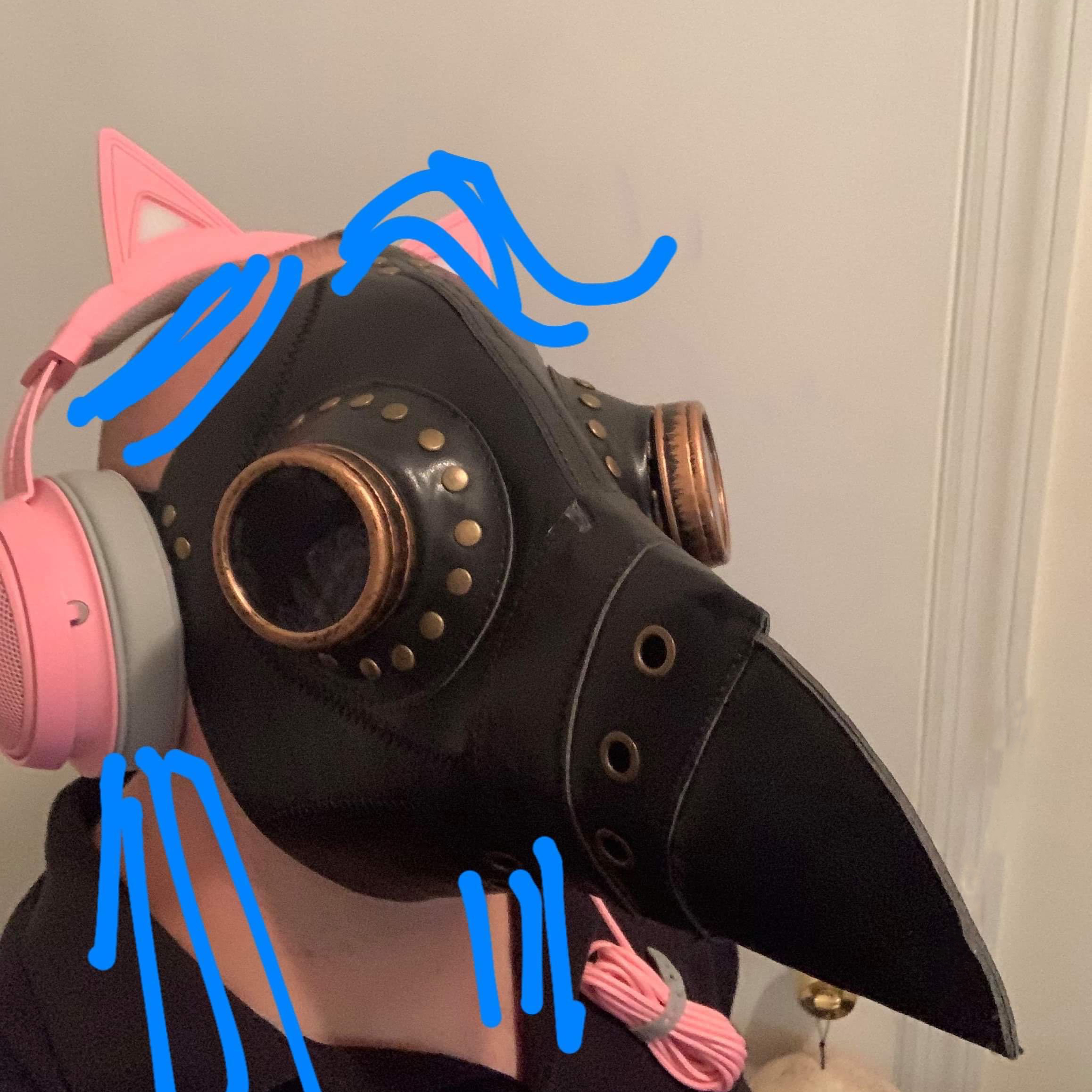Nvidia's new 360Hz monitors are going to have a must-have feature for esports enthusiasts
Only with certain monitors, though

Over the last few years, high refresh rate gaming monitors have become extremely widespread in the PC gaming scene, especially among those that want the best competitive advantage in esports titles. The idea is that the higher the frame rate, the less latency you'll have to deal with when competing, and the faster your actions register in-game, the greater your advantage is.
However, in the past if you really wanted to optimize system latency, to ensure your reaction times and such aren't being held back at all by the system you're playing on, you kind of had to just lower all graphics settings and just hope for the best. The only true way to measure this kind of thing was to invest in a high-speed camera and manually measure the time it took between a mouse click and a gunshot in Fortnite, for instance.
This is obviously both an obtuse and expensive way to go about things, so it's not surprising that it wasn't exactly commonplace to test it. However, Nvidia has come up with a solution.
With its Reflex Latency Analyzer software and hardware, users can track their total system latency with supported mice and monitors, so it's way easier to optimize your play to top the leaderboards.

360Hz or bust
Right off the bat it's important to note that if you want to take full advantage of this new technology, you're going to want to use one of the 360Hz G-Sync monitors that Nvidia announced way back at CES 2020. These monitors have the necessary hardware to monitor your screen for sudden changes in luminance, which it will then report back to the software in order to calculate total system latency in games.
This will not be backwards-compatible with existing G-Sync panels, which is a bit of a hard pill to swallow, as the best monitors that have this technology aren't exactly cheap.
Still, you won't be at a total loss, anyone can monitor latency through a new GeForce Experience update, which will let you display an overlay while gaming, so you can get at least a glimpse of what your system latency is. Though, without a supported monitor, you'll only be able to see your render latency, or just how long it takes your GPU to render the frame you're looking at.
Get daily insight, inspiration and deals in your inbox
Get the hottest deals available in your inbox plus news, reviews, opinion, analysis and more from the TechRadar team.
In order to get the full experience, too, you're going to need a supported gaming mouse, which includes the Logitech G Pro Wireless, Asus ROG Chakram Core, Razer DeathAdder V2 Pro and SteelSeries Rival 3. All of these are high-end gaming mice that cater to esports, which makes a ton of sense. But hey, at least it works on older Nvidia graphics cards, so you don't have to fight the crowd to get your hands on an Nvidia Ampere chip.
Still, even though all of this hardware is required, it's much cheaper than if you were required to buy a highspeed camera and put in the labor to manually calculate how much latency is in your game.

Does it work?
In order to test the Nvidia Reflex Latency Analyzer, Nvidia sent us an Alienware monitor, where we booted up Fortnite – one of the three games that will support Nvidia Reflex at launch, along with Call of Duty: Modern Warfare and Valorant – and found a spot in-game where we could test latency reliably without any wild deviations in performance.
Throughout our testing, both with Nvidia Reflex and without, the results are extremely clear and easy to parse, even if the results window has a ton of data that users will be able to see. You'll be able to see everything from render latency to mouse latency to the average latency of your entire PC and display setup – provided, of course, you have a supported mouse and monitor.
The idea is to measure total end-to-end system latency to get an idea of exactly how long it takes between you clicking your mouse to a shot leaving your gun in-game.
What's better is that all of this is constantly updated in real time, so you can get a really good idea of what is causing any sudden spikes in latency you may experience while playing. The software will also keep an average, based on the last 20 seconds, of your total system latency.
Right now, there's no way to log your results, which kind of rules out long-term testing, especially if you want to analyze how your latency performs throughout an entire match, rather than just occasionally glancing up at the OSD. However, Nvidia has told us that they're working on working this functionality into the software.
Who is this for?
So, should you rush out as soon as 360Hz displays are available and pick one up? Well, we would actually advise holding off, unless you're in the specific demographic that needs a super-fast display right away.
Reflex Latency Analyzer is probably not going to be extremely useful for a vast majority of people. If you're just casually playing a few Overwatch games with friends after work, it's unlikely that this software will have any semblance of a material effect on either your gaming performance. We obviously haven't had a chance to review any of the monitors that will come equipped with the sensor necessary for this technology, but it doesn't seem like it's going to be a must-have feature any time soon.
However, if you are in that super narrow subset of gamers that needs to shave their reaction times down to mere milliseconds, this is a way more accessible way to do that. In our mind, it would let you mess around with graphics settings, perform a quick latency test, and quickly and accurately pinpoint exactly how you want the game to look and play in professional settings.
It's definitely a niche feature, but because it doesn't cost anything extra – beyond the price you need to pay for the supported hardware – it doesn't hurt, and is better than anything AMD has to offer for the same purpose. However, given the nature of these extra features in graphics card drivers and software, it's only a matter of time before Team Red finds its own version.
- You can get everything you need for esports on Amazon Prime Day
Bill Thomas (Twitter) is TechRadar's computing editor. They are fat, queer and extremely online. Computers are the devil, but they just happen to be a satanist. If you need to know anything about computing components, PC gaming or the best laptop on the market, don't be afraid to drop them a line on Twitter or through email.
Most Popular


